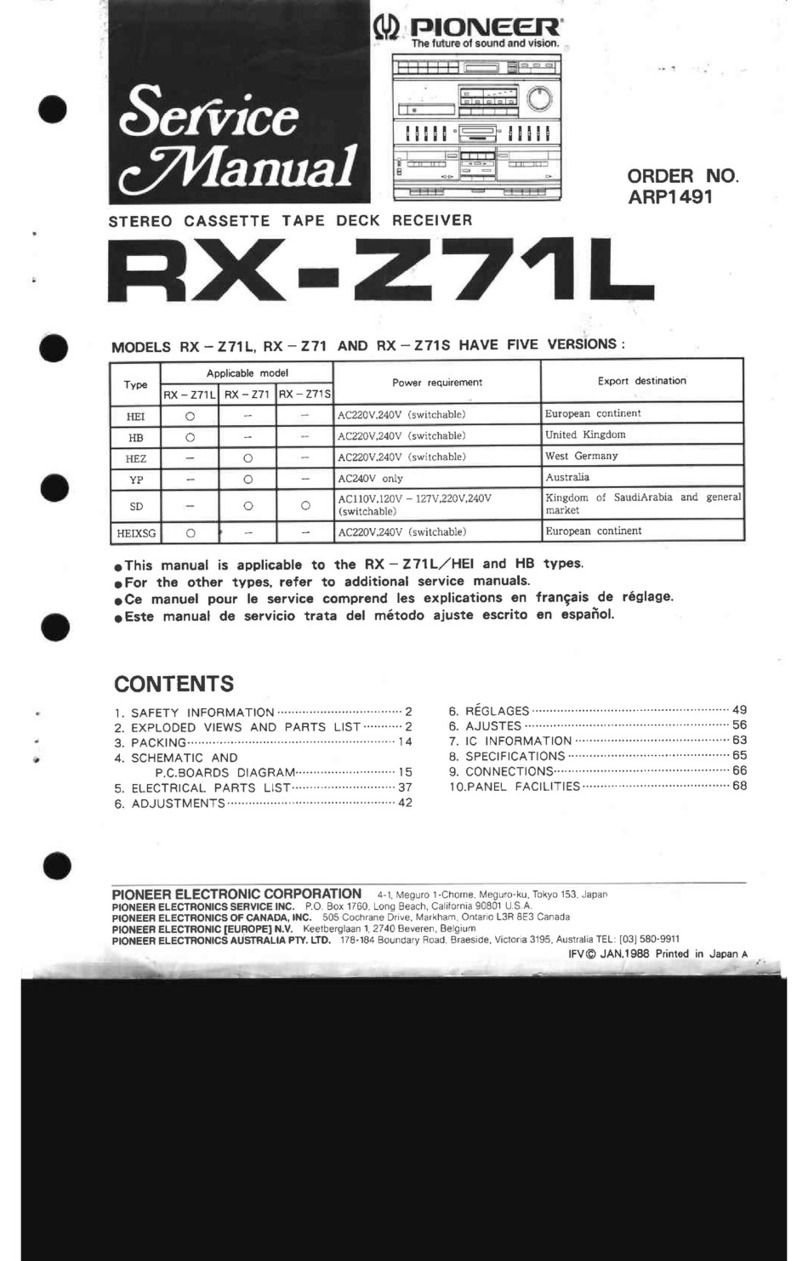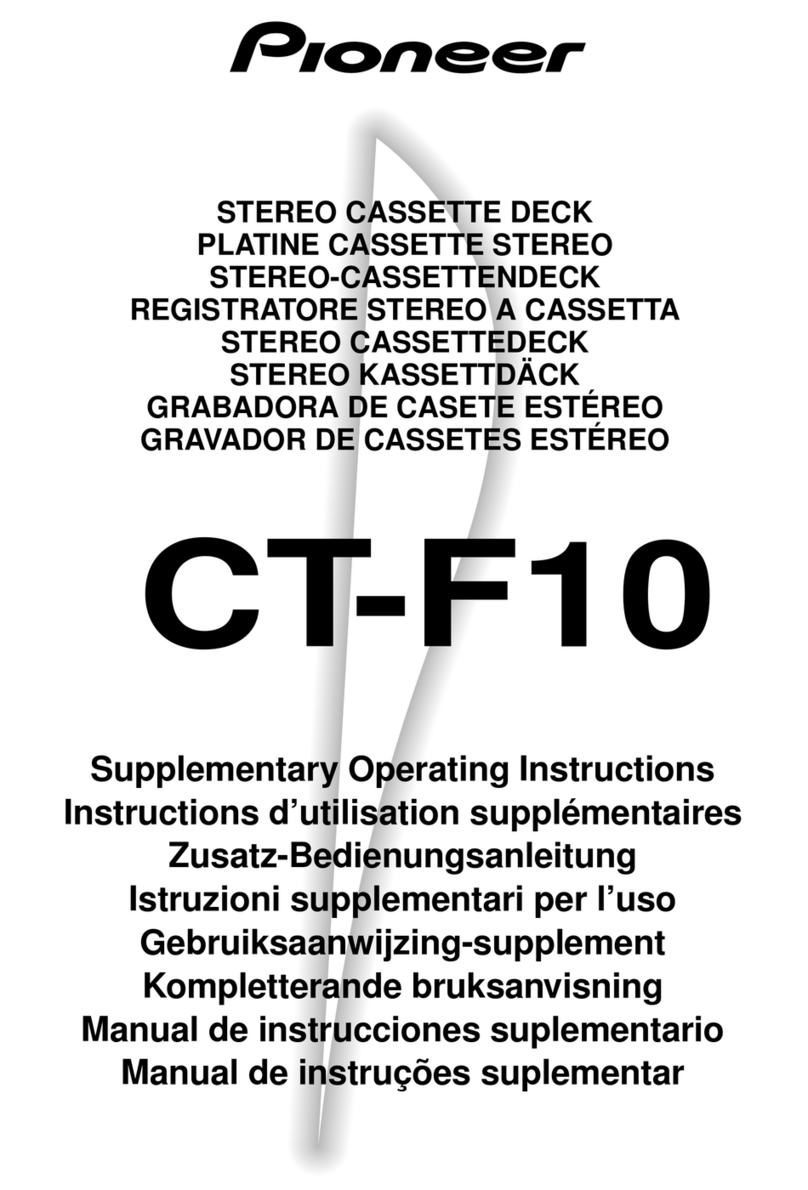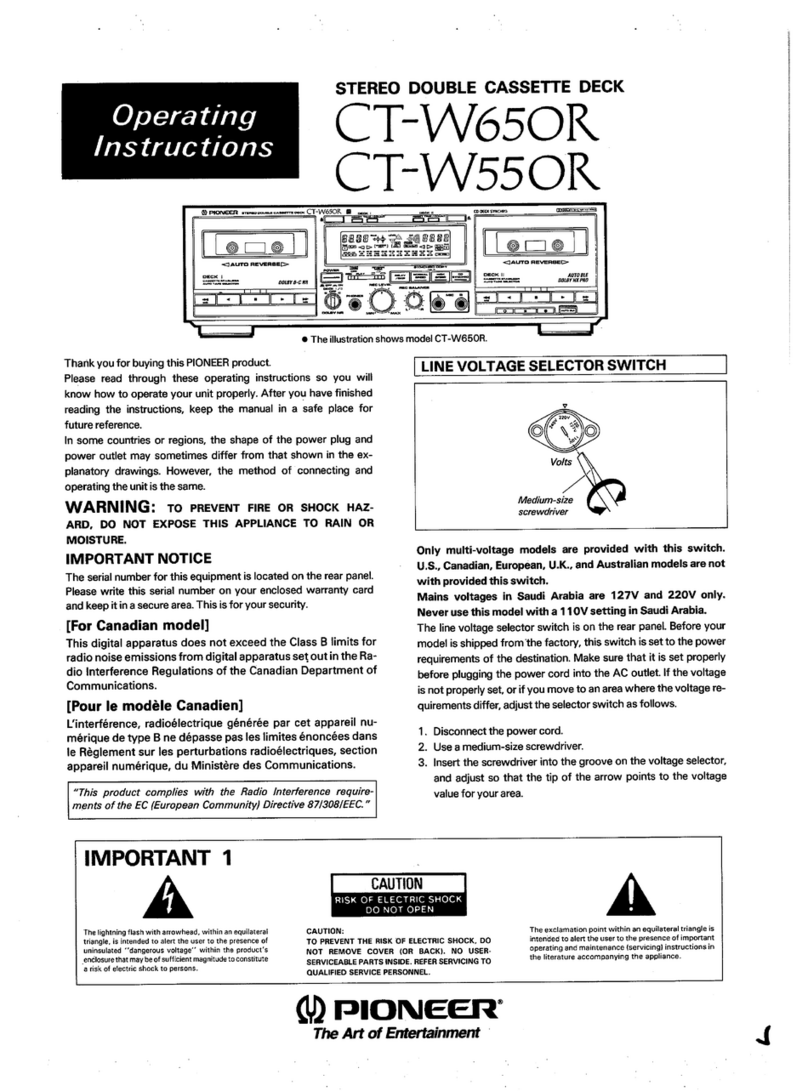Pioneer CT-7R User manual
Other Pioneer Cassette Player manuals
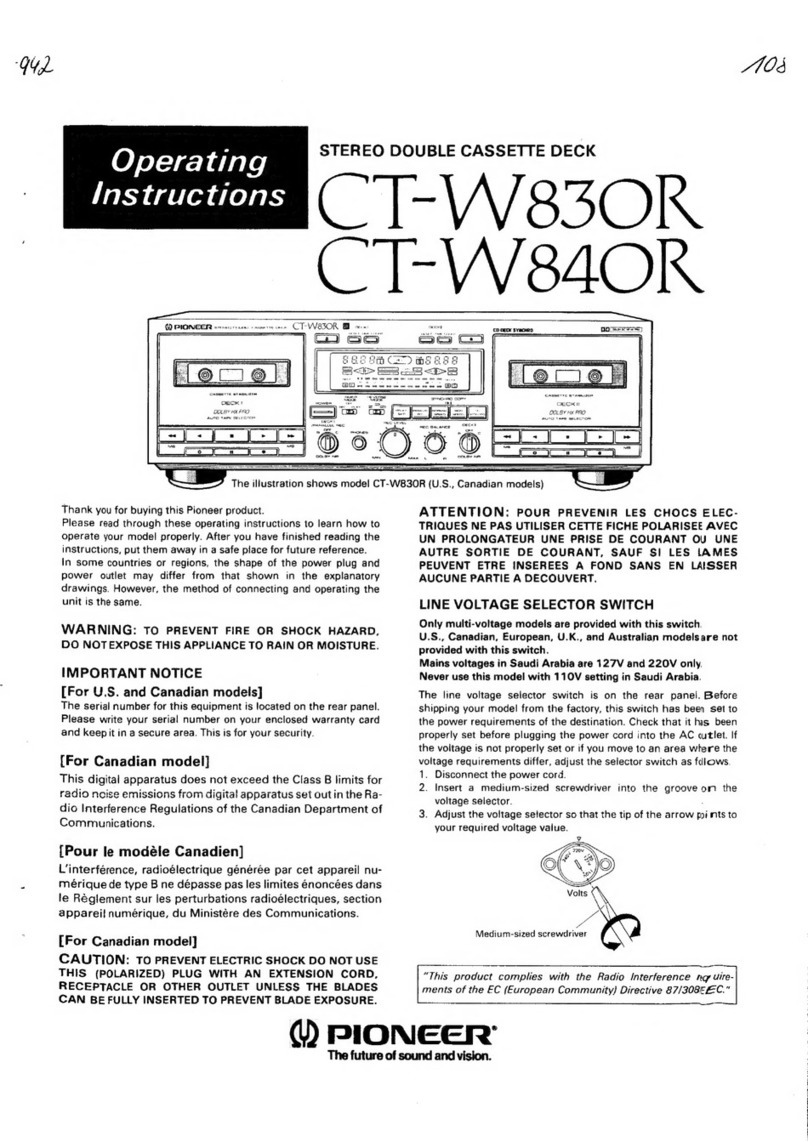
Pioneer
Pioneer CT-W830R User manual

Pioneer
Pioneer CT-W300 User manual
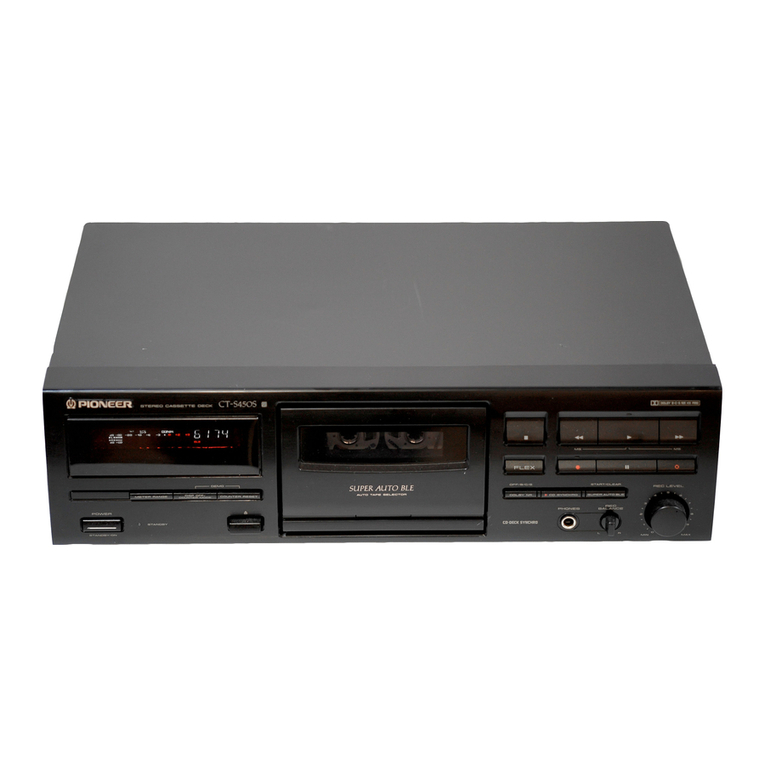
Pioneer
Pioneer CT-S450S User manual
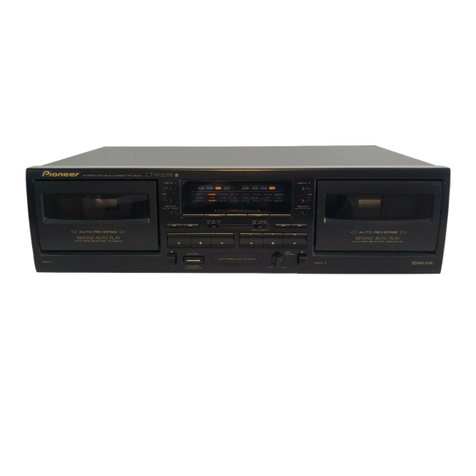
Pioneer
Pioneer CT-W205R User manual

Pioneer
Pioneer CR-F750 User manual
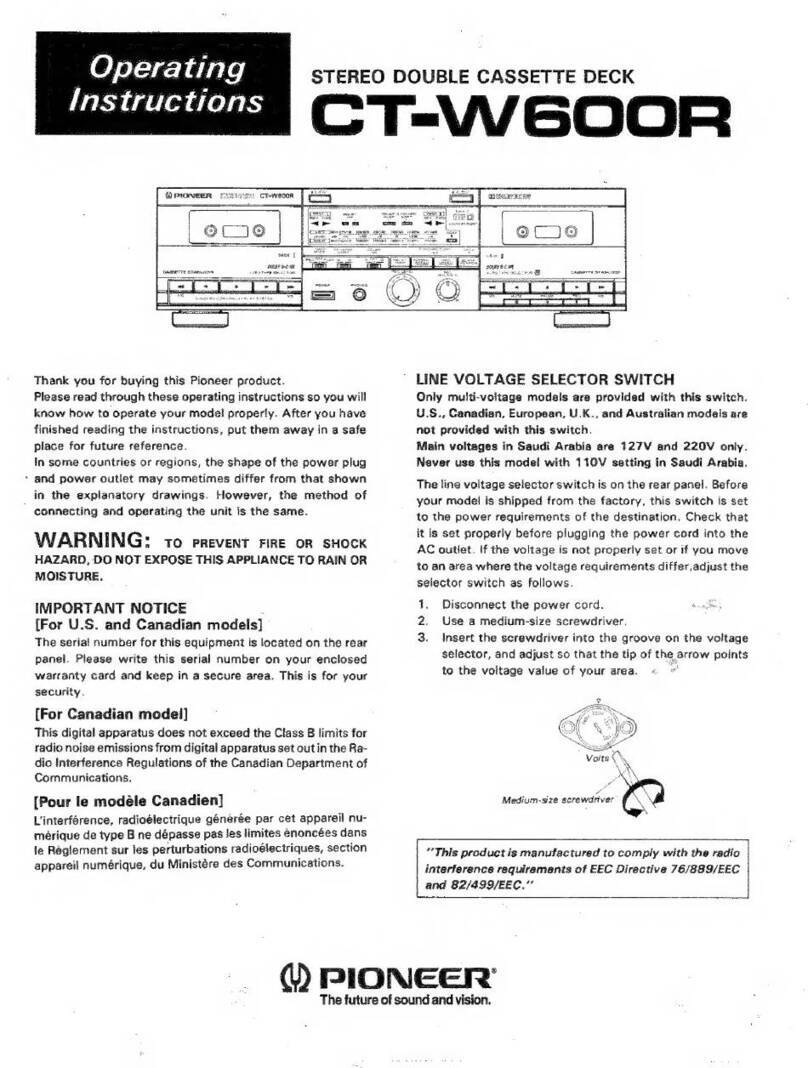
Pioneer
Pioneer CT-W600R User manual
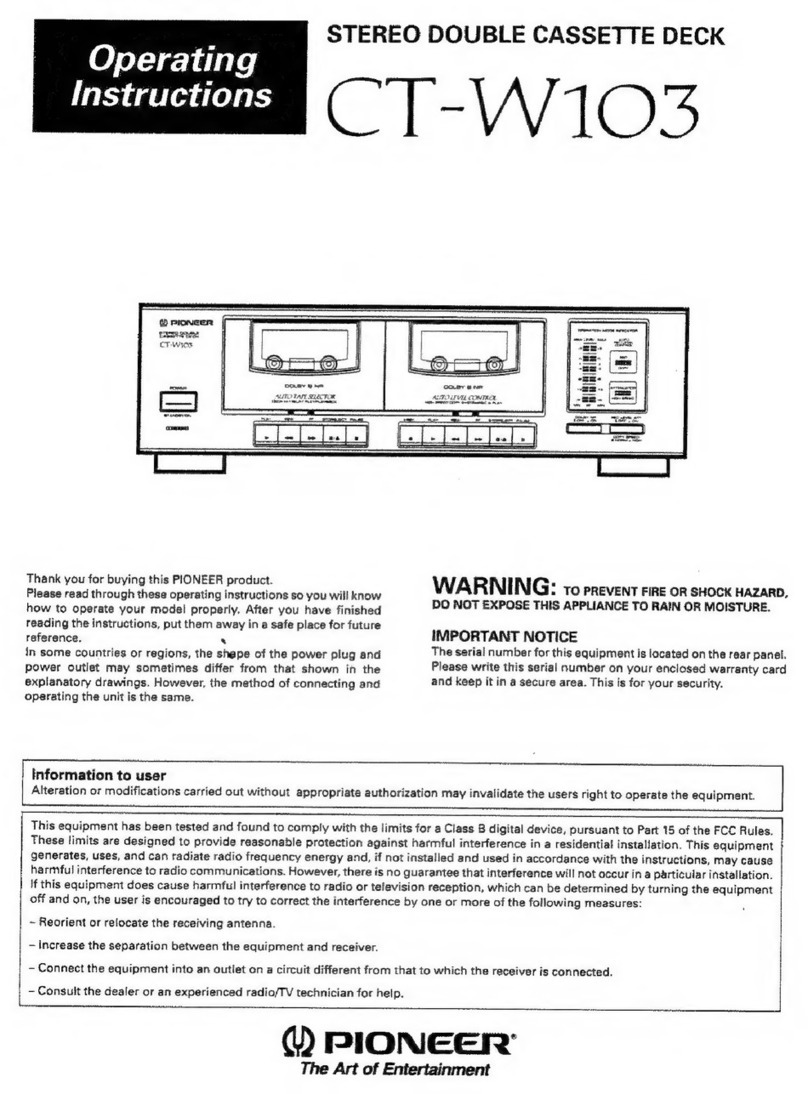
Pioneer
Pioneer CT-W103 User manual
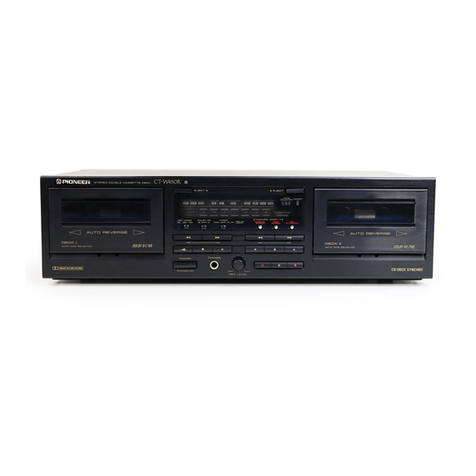
Pioneer
Pioneer CT-W450R User manual
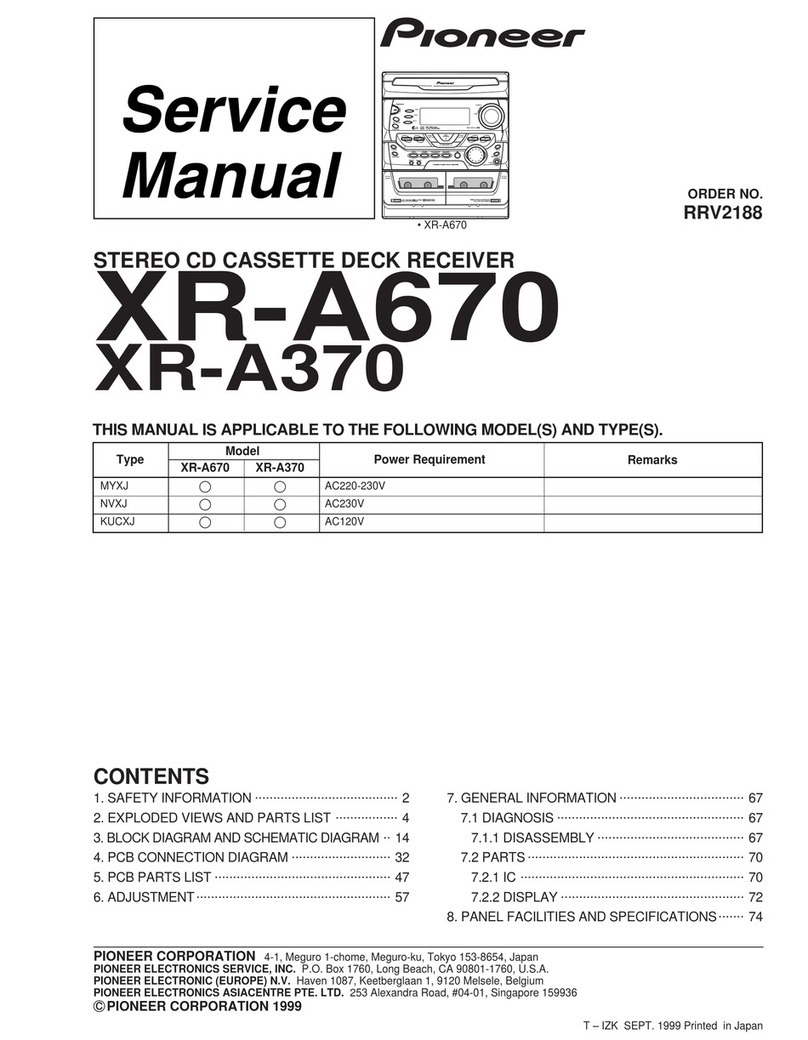
Pioneer
Pioneer XR-A670 User manual
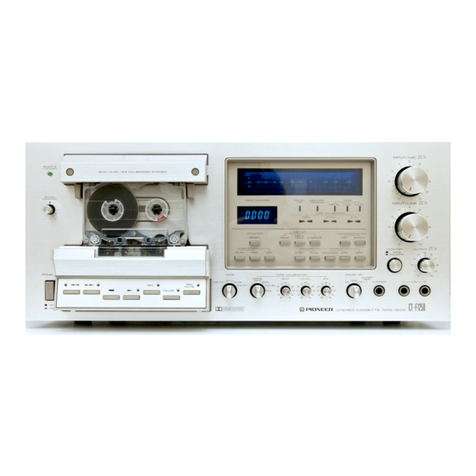
Pioneer
Pioneer CT-F1250 User manual

Pioneer
Pioneer KEH-P6025 User manual
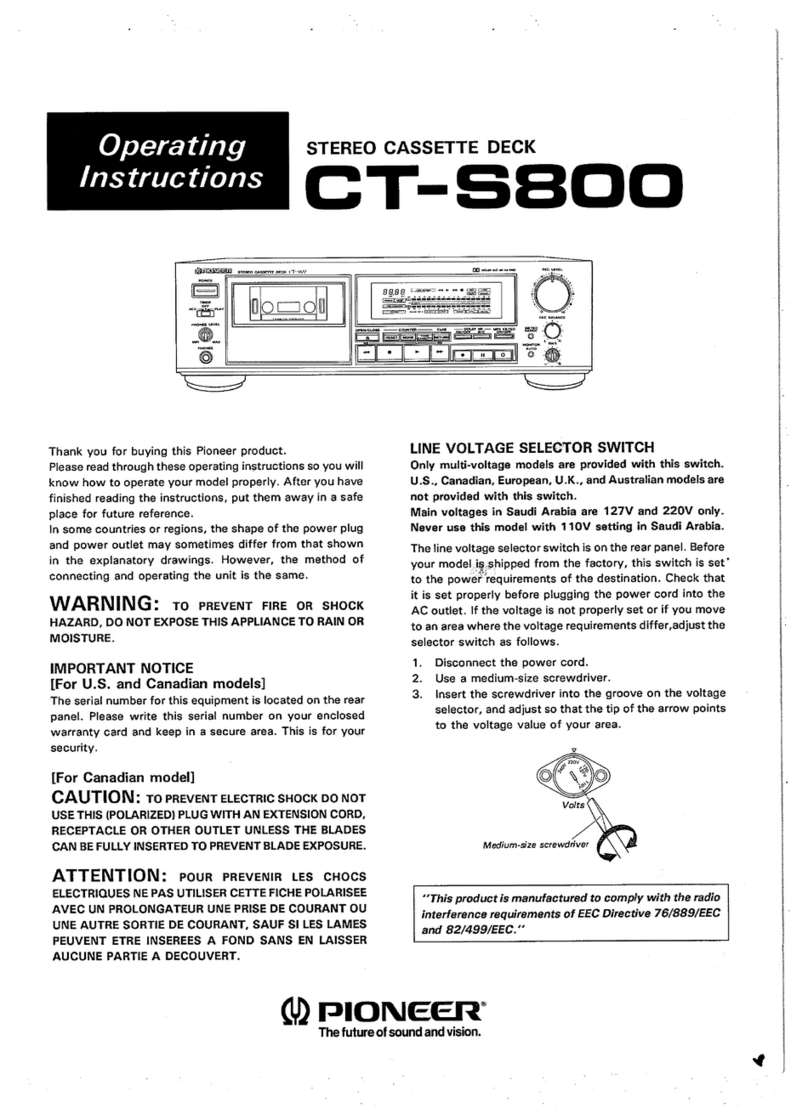
Pioneer
Pioneer CT-S800 User manual
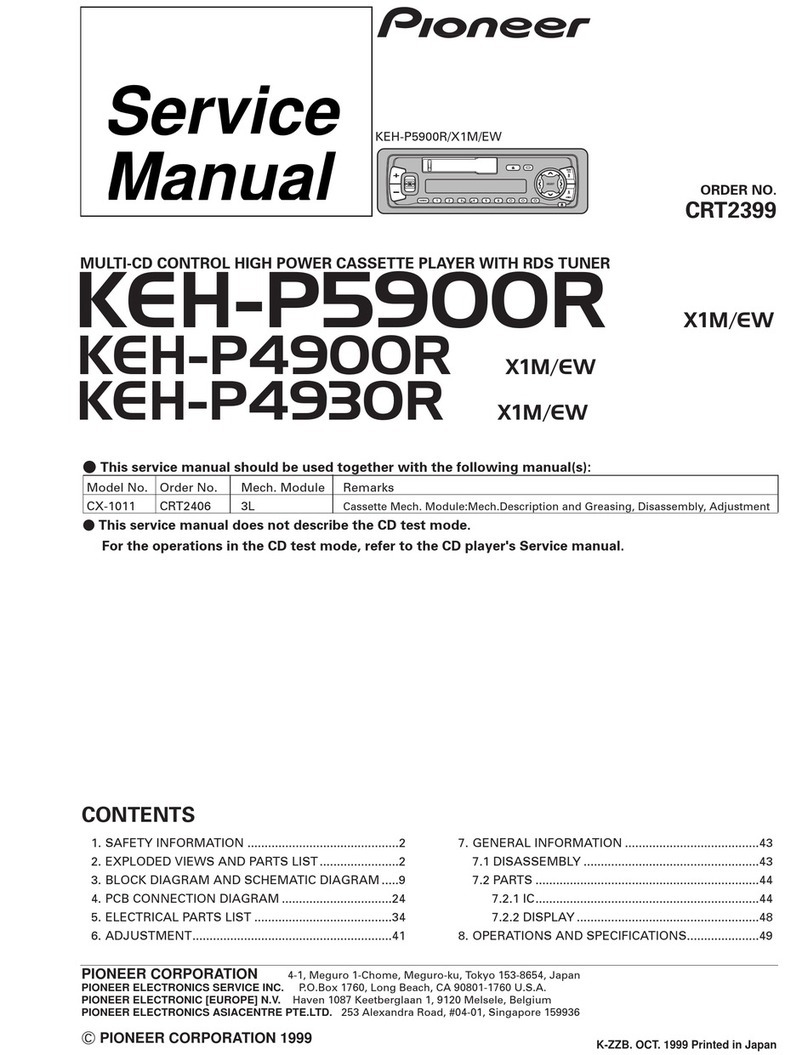
Pioneer
Pioneer KEH-P5900R/X1M/EW User manual

Pioneer
Pioneer KEH-M1096ZT/X1B/EW User manual
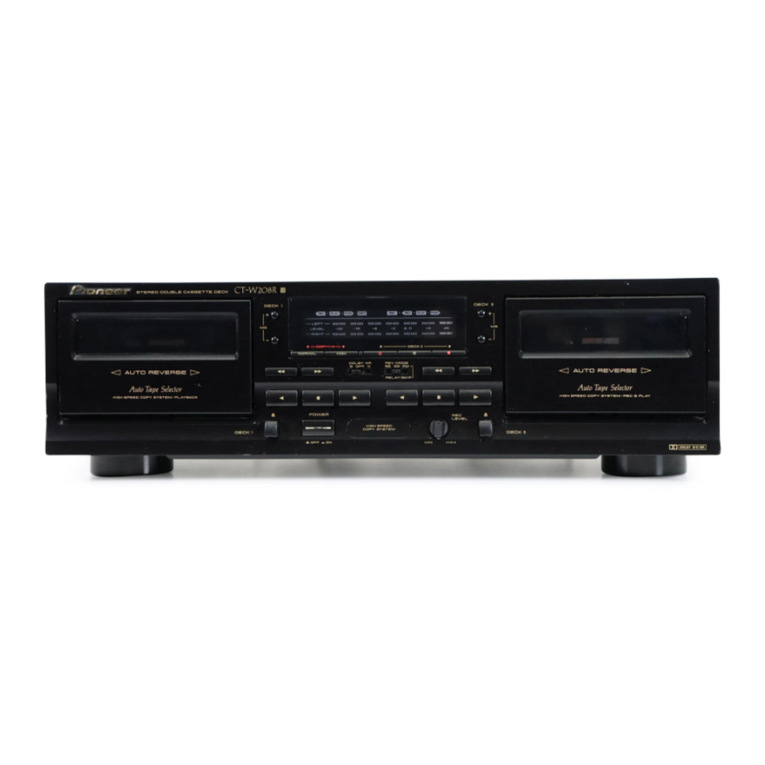
Pioneer
Pioneer CT-W208R - Dual Cassette Deck User manual
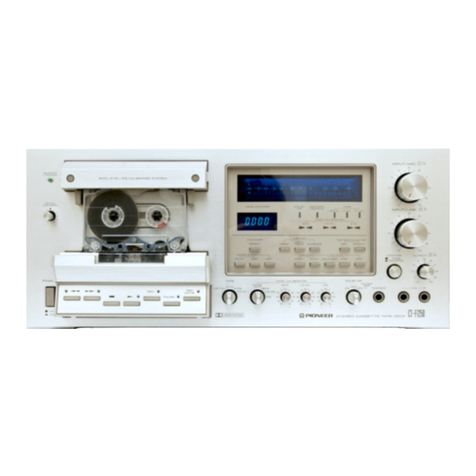
Pioneer
Pioneer CT-F1250HE User manual

Pioneer
Pioneer CT-W205R User manual
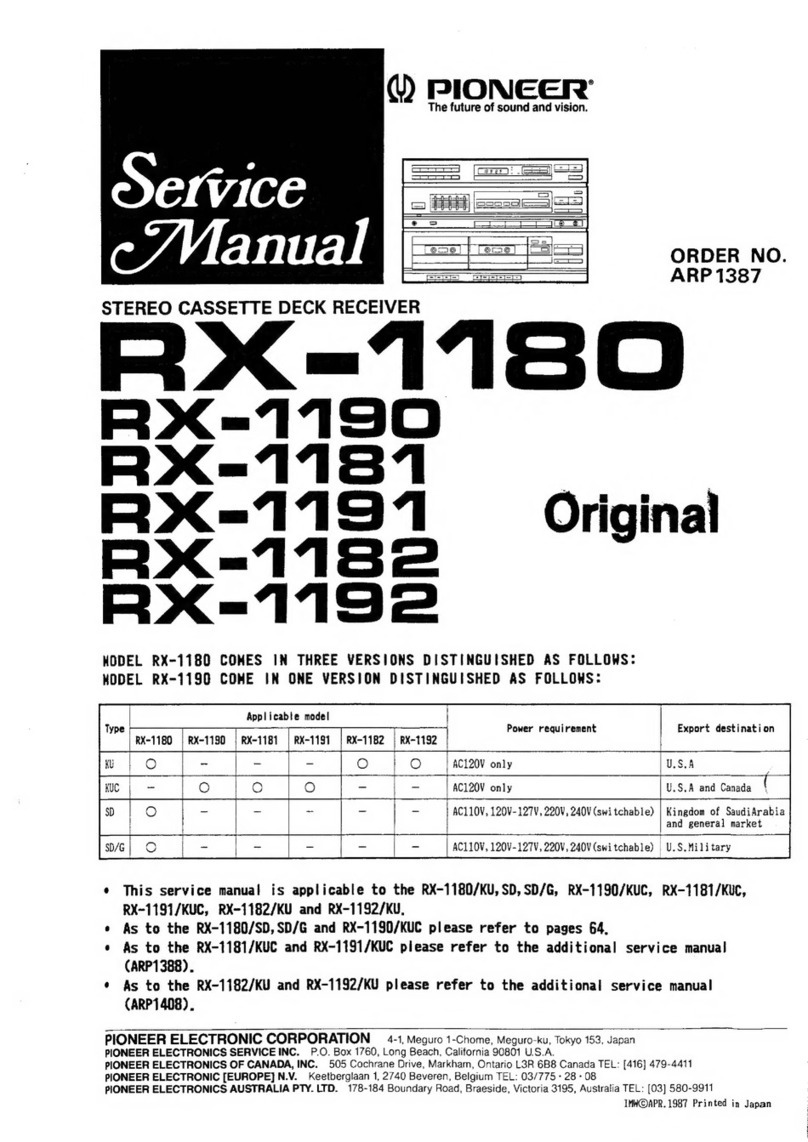
Pioneer
Pioneer RX-1180 User manual

Pioneer
Pioneer CT-S99WR User manual
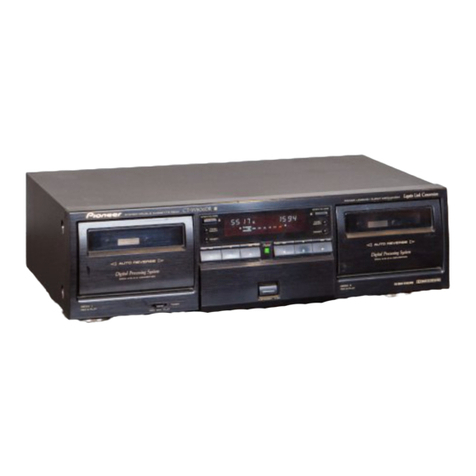
Pioneer
Pioneer CT-W806DR User manual
Popular Cassette Player manuals by other brands

Sony
Sony CFS-B15 - Am/fm Stereo Cassette Recorder operating instructions

Sony
Sony WMFS220 - Portable Sports AM/FM Cassette... operating instructions

Aiwa
Aiwa HS-TA21 operating instructions
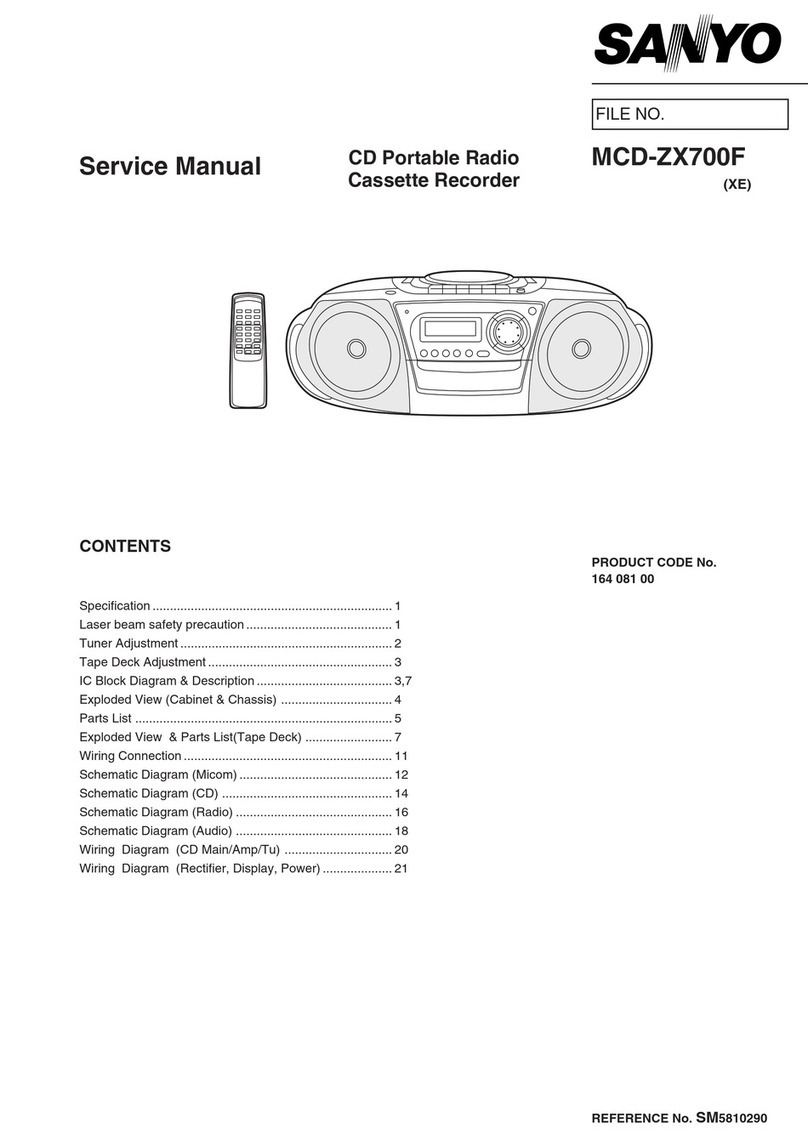
Sanyo
Sanyo MCD-ZX700F Service manual
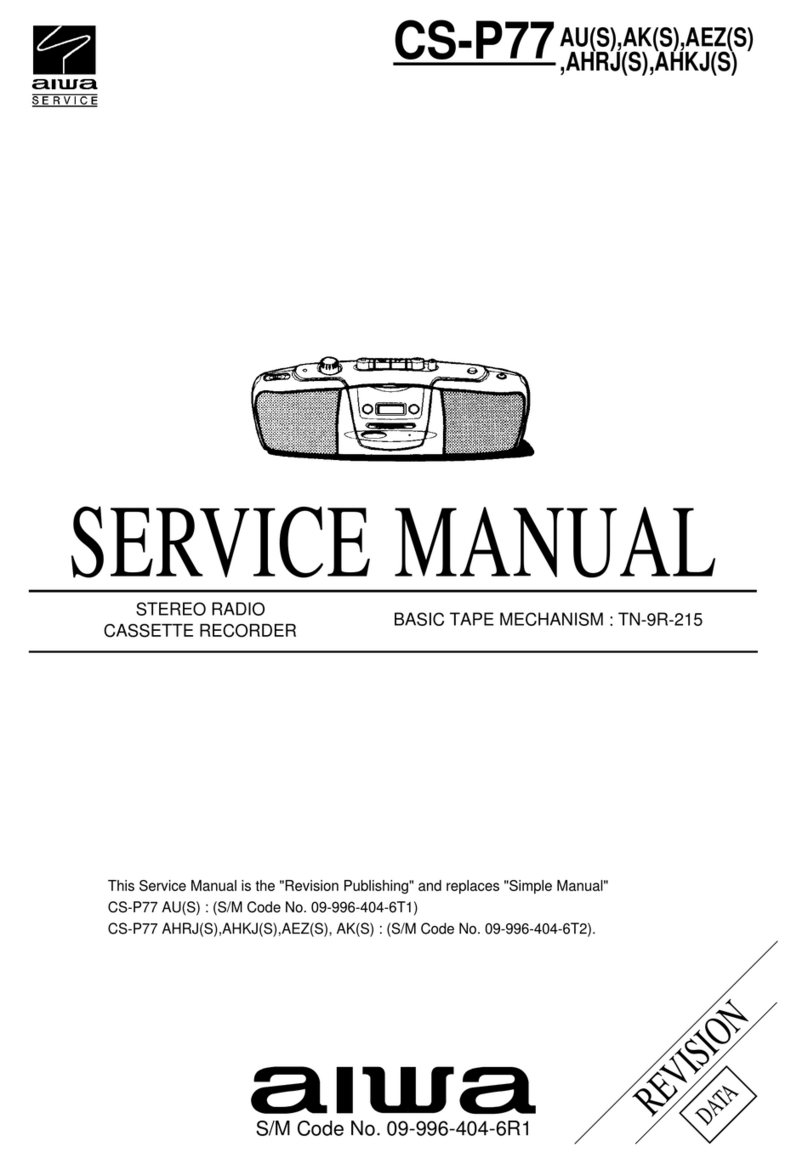
Aiwa
Aiwa CS-P77 Service manual

Sony
Sony Pressman TCM-465V operating instructions
